Designed to provide exceptional color accuracy, broad viewing angles, and constant picture quality, an IPS (in-plane switching) monitor is a kind of LCD panel. IPS technology guarantees vivid and true-to- life images unlike more ancient technologies like TN (Twisted Nematic) panels, which suffer from limited viewing angles and poor color reproduction.
The trick is in the way the panel’s liquid crystals line up. These crystals migrate in synchrony and stay parallel to the screen in IPS displays.
Regardless of where you are seated, this unusual alignment enhances the way light flows through the display and produces amazing colors and improved contrast. Whether you play games or work as a professional graphic designer, IPS displays provide a unique viewing experience.
What Exactly Is an LCD Panel?
Most contemporary monitors are built on an LCD, or Liquid Crystal Display screen. Images are created using a backlight combined with liquid crystals.
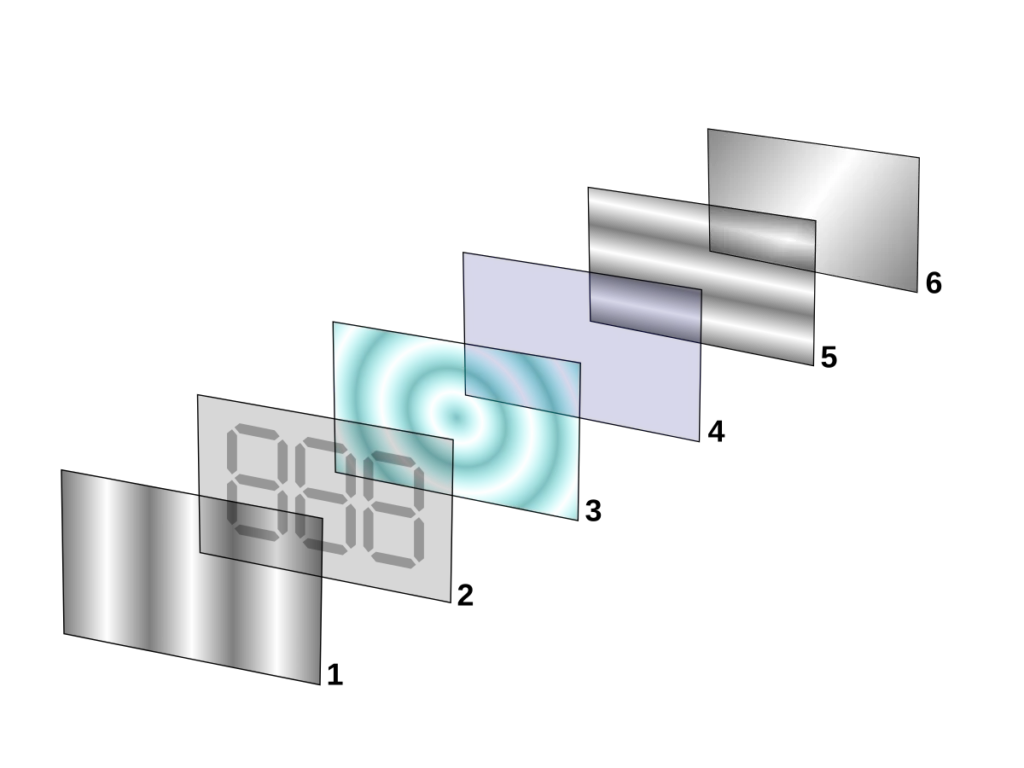
The liquid crystals function as a filter, regulating the amount of light from the rearlight that gets to the screen to produce images rather than producing their own. Read our guide What is HDR10?.
LCD panels come mostly in three varieties:
- Known for speed, TN (Twisted Nematic) issues with color and angles.
- VA, or vertical alignment, gives shorter reaction times but more contrast.
- Excels in color fidelity and broad viewing angles IPS, in-plane switching.
From low-cost monitors to high-end professional screens, LCD panels abound and their adaptability defines current display technology.
How Different Panel Types Influence Performance
The kind of panel a monitor uses directly determines its performance.
Every panel has certain advantages and shortcomings:
- Ideal for jobs like picture editing and video creation, IPS panels top the others with their most accurate and vivid colors.
- Popular for competitive gaming, TN panels are the quickest with reaction times as low as 0.5ms.
- Unlike TN panels that skew colors at off-center angles, IPS displays provide constant color and clarity even when seen from the side.
- VA panels shine here, producing darker scene performance and deeper blacks.
Your selected panel should reflect your priorities. Gamers could give speed first priority, for instance; designers would tend toward color fidelity and viewing constancy.
Why Are IPS Monitors Unique?
Because of its capacity to provide virtually always high-quality pictures, an IPS monitor stands above other LCD technologies.
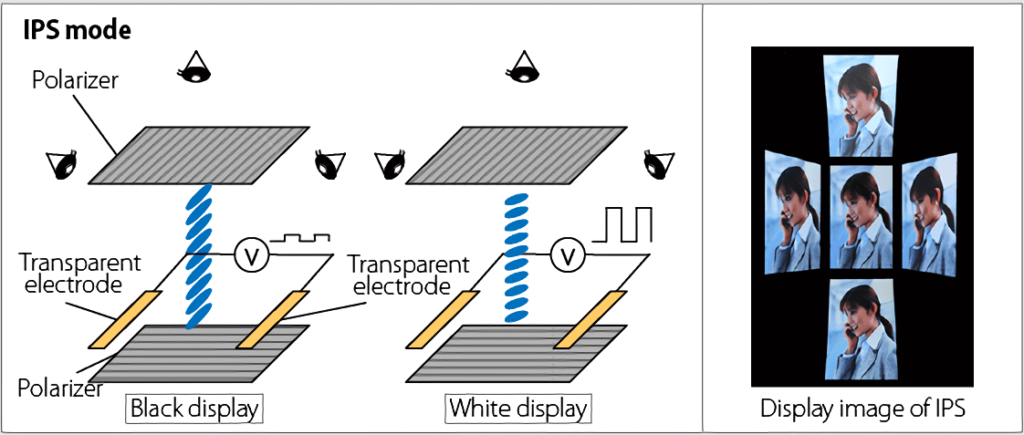
IPS panels reduce light leakage and preserve brilliant colors at ultra-wide viewing angles by use of horizontally aligned liquid crystals. If you’re curious about how Full HD differs from standard HD, check out our detailed guide on What is FHD?.
IPS Monitors: The Bottom Line
IPS displays particularly stand out for these reasons.
- Professionals in creative disciplines as graphic design and photography want great degrees of color fidelity, which IPS excels at.
- Modern IPS displays today for gamers have quicker refresh rates and reaction times, therefore bridging the gap between amazing images and performance.
- Wide viewing angles make IPS displays perfect for casual multimedia use or team contexts.
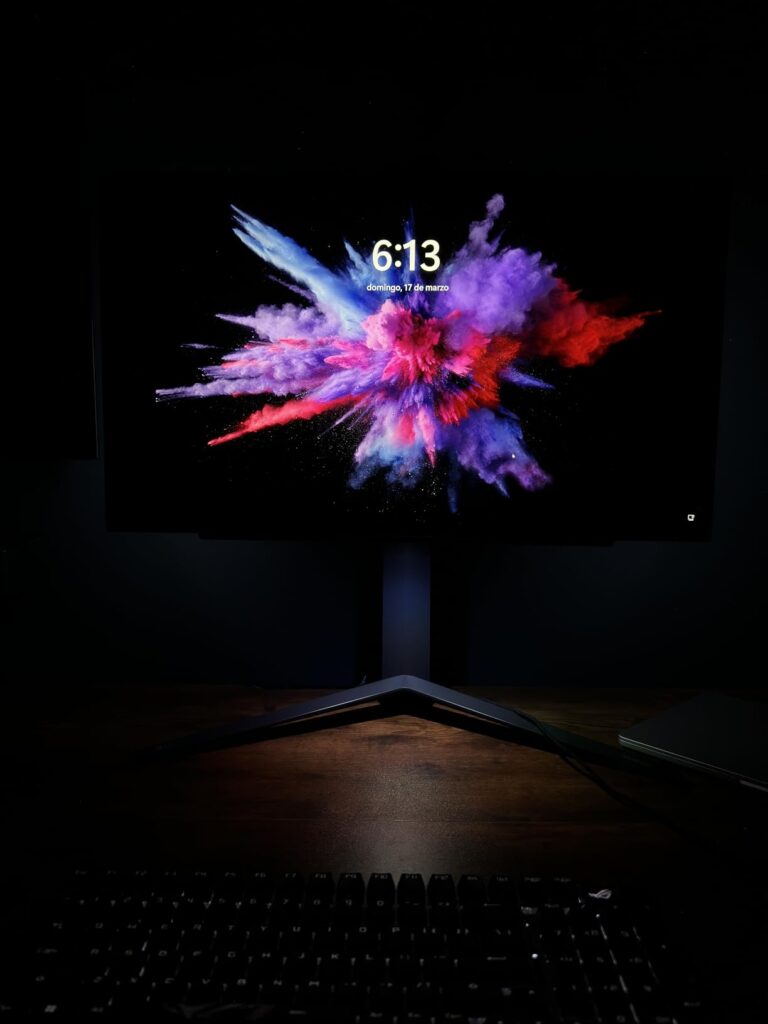
Although IPS monitors are more costly than TN or VA panels, their adaptability and great picture quality justify the cost. Learn more in our article on What is WQHD Resolution?
What Is a Twisted Nematic (TN) Monitor?
Among the first kind of LCD panels are TN monitors. Their mechanism is bending their liquid crystals to let light pass through the screen.
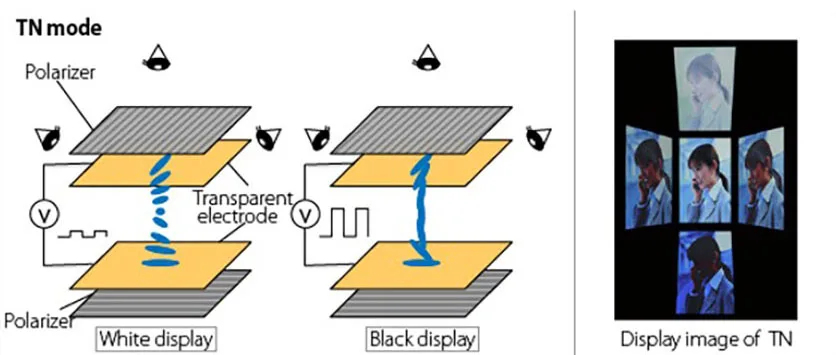
This design results in:
- Competitive players choose to TN panels as they may reach reaction times as low as 0.5 ms.
- Popular for general usage, TN monitors are among the most reasonably priced choices.
TN panels have notable drawbacks, though:
- Colors distort when seen from the side, so they are less suitable for group environments.
- TN panels suffer in vivid and accurate color reproduction.
TN Monitors: The Bottom Line
TN monitors are best for:
- In fast-paced games, their reduced input latency and quick reaction times provide an advantage.
- TN is a fantastic choice for workplace work or informal browsing depending on reasonable cost.
Other panel types like IPS are better suited for both professional and multimedia applications.
For professional and multimedia use, other panel types like IPS are more suitable. Read our guide What is 100% sRGB?
What Is a Vertical Alignment (VA) Monitor?
A VA (vertical alignment) monitor is a kind of LCD screen in which, without electric current, liquid crystals are aligned vertically.
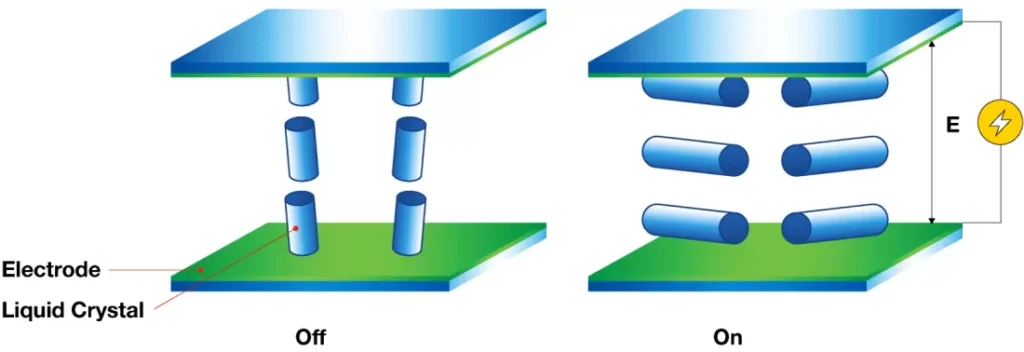
This special alignment lets VA panels present:
- VA displays provide better contrast than both IPS and TN screens and darker Blacks.
- Though not as vivid as IPS, VA screens have higher color depth than TN.
VA panels are typically used for entertainment configurations as they shine in gloomy surroundings, therefore enhancing movie-watching or gaming visuals.
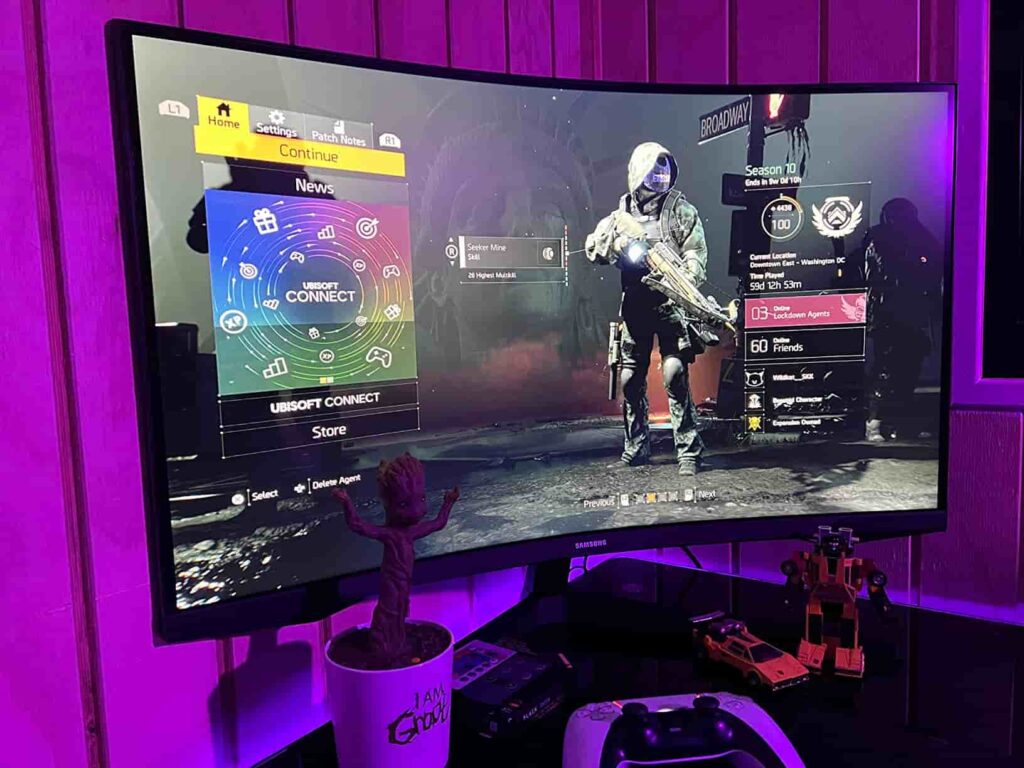
Their slower reaction times, however, might cause motion blur in fast-paced scenarios, which would not be suitable for competitive players. Discover how it works in our post on What is DCR on a Monitor?.
VA Monitors: The Bottom Line
VA monitors are best for:
- Exceptional contrast makes VA the preferred option for movies and streaming home theaters and media consumption.
- Casual Gamers and General Use: Good graphics combined with balanced performance.
VA’s slower reaction times and less vivid colors might be a disadvantage, however, if you like fast-action games or need ultra-perfect color fidelity.
What Is an OLED Monitor?
OLED (Organic Light-Emitting Diode) monitors provide an entirely new kind of display technology. OLED displays generate light at the pixel level whereas LCD panels depend on backlights.
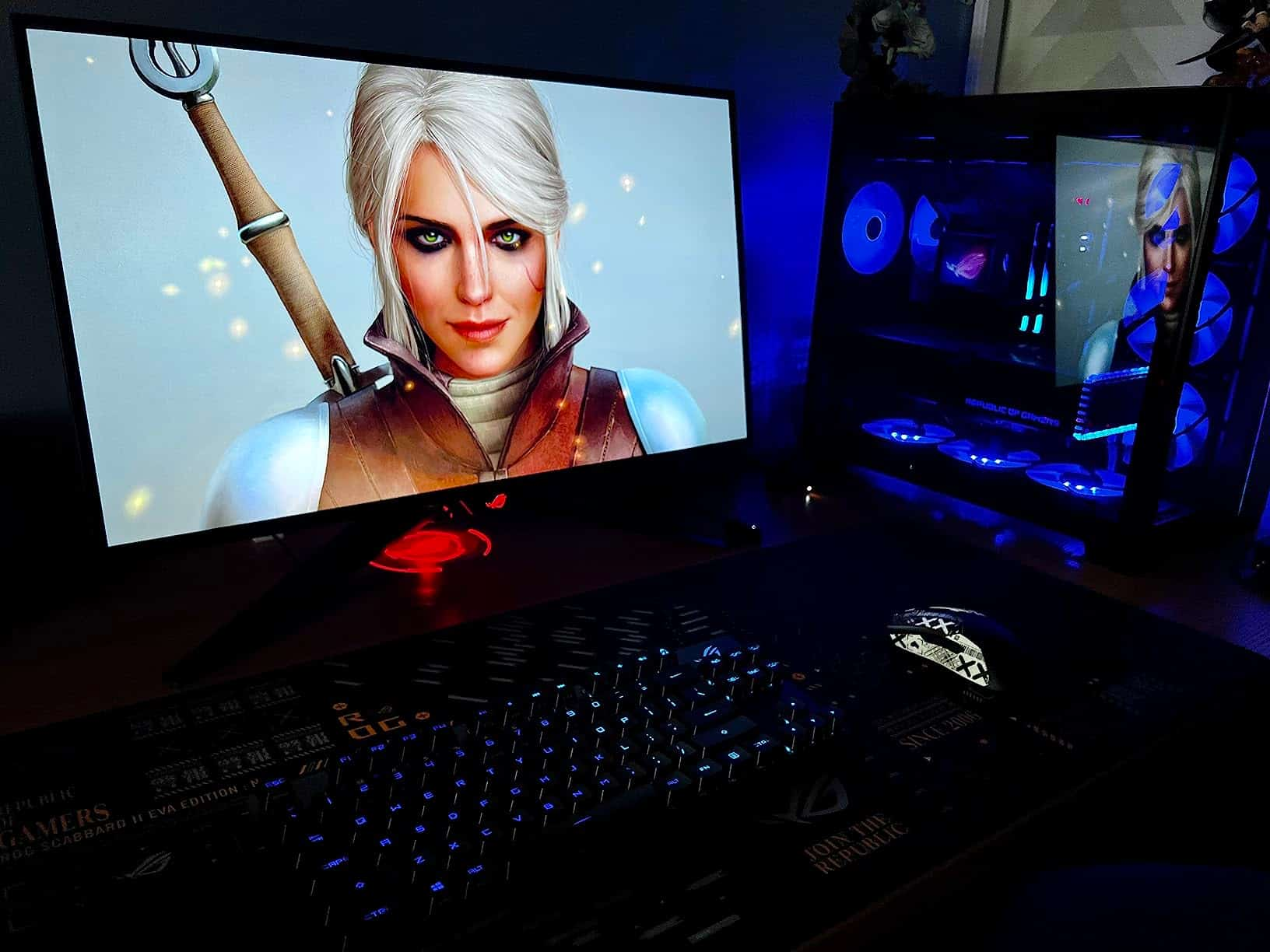
This special ability enables:
- Every pixel may turn off entirely, producing infinite contrast ratios perfect Blacks.
- OLED screens have amazing color accuracy and brightness.
- OLED displays are thinner and more lightweight than LCD equivalents without a backlight.
OLED screens have several drawbacks despite these advantages, including more costs and the possibility of burn-in a permanent picture retention problem resulting from too long viewing of stationary material. Find out how MPRT helps in our guide on What is MPRT?.
OLED Monitors: The Bottom Line
OLED monitors are best for:
- Perfect for jobs needing great color accuracy and contrast are creative professionals.
- Stunning graphics and great motion handling define high-end gaming.
Their price and burn-in potential are the main disadvantages, which makes them less sensible for average or frugal customers.
Choosing the Right Type of LCD Panel
The monitor you choose will rely on your priorities. This is a simple guide to assist with your decision:
- If: TN Panels is what you need, go for them.
- Competitive gaming calls for the quickest reaction times.
- The main issue is the budget.
- Choose VA Panels if:
- For movie-watching or casual gaming, you want strong black contrasts.
- Your ideal is a mix of cost and performance.
- Use IPS panels if:
- For creative or professional work, color accuracy and viewing angles rank highest.
- For work, gaming, and pleasure, you want a well-rounded display.
- Opt for OLED if:
- You are not bound by price; you want the highest display quality money can buy.
- Professional editing or immersive gaming calls for precise dark tones and vivid hues.
Your choice should match your monitor’s usage, your budget, and whether speed, visual quality, or adaptability ranks first. Read our guide What Is a 1 ms Monitor?
In Conclusion
The world of monitors has a range of choices fit for varied purposes. There is something for everyone from the quickness of TN panels to the adaptability of IPS, VA, and the unparalleled quality of OLED. Making a wise decision depends on knowing the strengths and shortcomings of every technology.
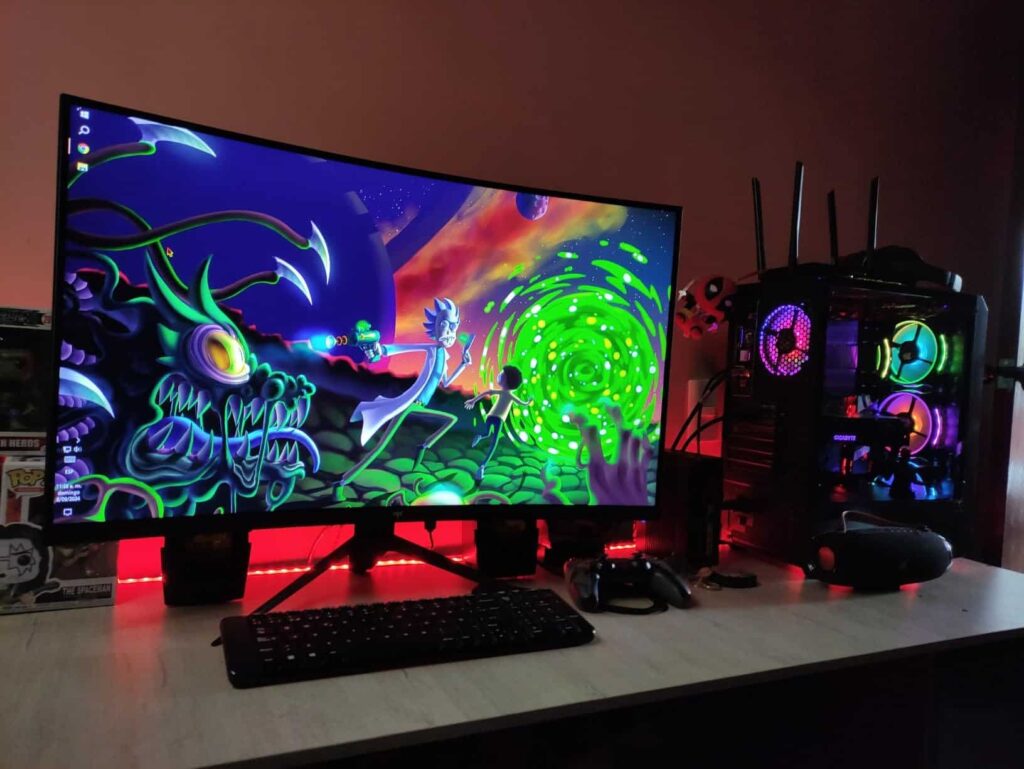
Should you be a gamer, TN or IPS would be most suited. Professionals find OLED and IPS to be premium. VA or IPS are also terrific options for individuals who only want a fantastic screen for multitasking or streaming. Whether you’re working, gaming, or just enjoying your preferred material, the appropriate monitor will improve your experience whatever your decision.
FAQs
What’s the difference between IPS and VA monitors?
While VA shines in contrast and is thus perfect for gloomy surroundings, IPS provides higher color accuracy and broader viewing angles.
Are TN monitors still good in 2025?
Indeed, TN displays have cheap pricing and rapid reaction times that make them perfect for competitive players. They lack view angles and color fidelity, however.
Is OLED better than LCD?
OLED comes at a greater price and possible burn-in danger but delivers better picture quality with ideal darkness and vivid colors.
Which monitor type is best for gaming?
Your gameplay style determines this. OLED offers the greatest immersive experience; TN is ideal for competitive gaming; IPS balances images and speed.
Are VA panels good for professional use?
Though they are appropriate for ordinary usage, VA panels are less excellent for professional creative work as they lack color fidelity when compared to IPS or OLED.
References